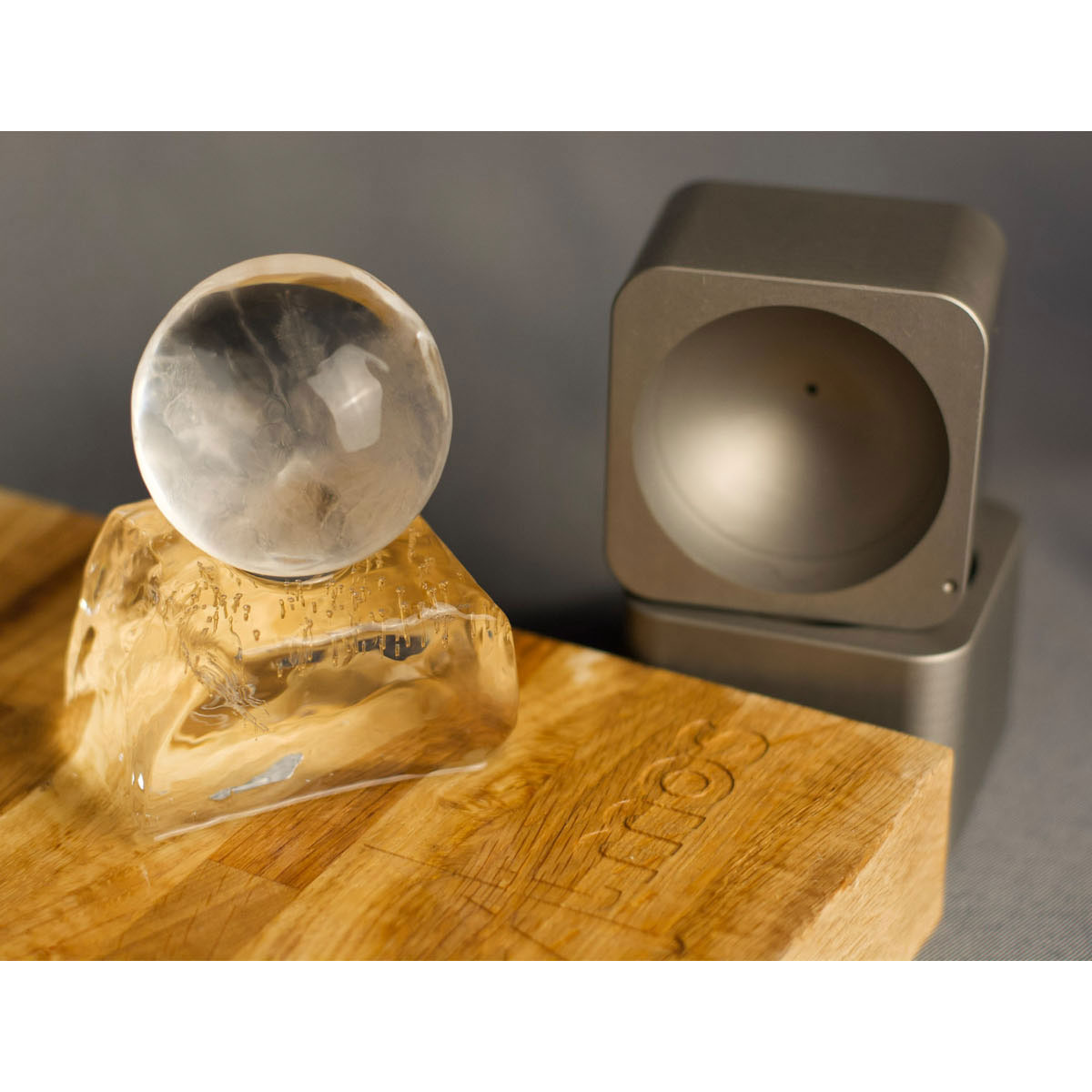


The panic might have deepened if not for the intervention of financier J. Panic extended across the nation as vast numbers of people withdrew deposits from their regional banks. The collapse of the Knickerbocker spread fear throughout the city's trusts as regional banks withdrew reserves from New York City banks. When that bid failed, banks that had lent money to the cornering scheme suffered runs that later spread to affiliated banks and trusts, leading a week later to the downfall of the Knickerbocker Trust Company, New York City's third-largest trust. The panic was triggered by the failed attempt in October 1907 to corner the market on stock of the United Copper Company. The primary causes of the run included a retraction of market liquidity by a number of New York City banks and a loss of confidence among depositors, exacerbated by unregulated side bets at bucket shops.

The 1907 panic eventually spread throughout the nation when many state and local banks and businesses entered bankruptcy. The panic occurred during a time of economic recession, and there were numerous runs on banks and on trust companies. The Panic of 1907, also known as the 1907 Bankers' Panic or Knickerbocker Crisis, was a financial crisis that took place in the United States over a three-week period starting in mid-October, when the New York Stock Exchange fell almost 50% from its peak the previous year. Wall Street during the bank panic in October 1907.


 0 kommentar(er)
0 kommentar(er)
